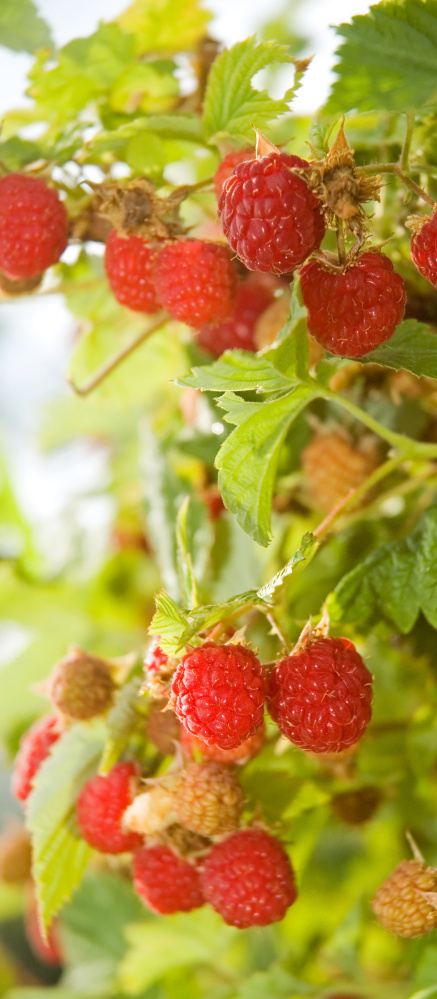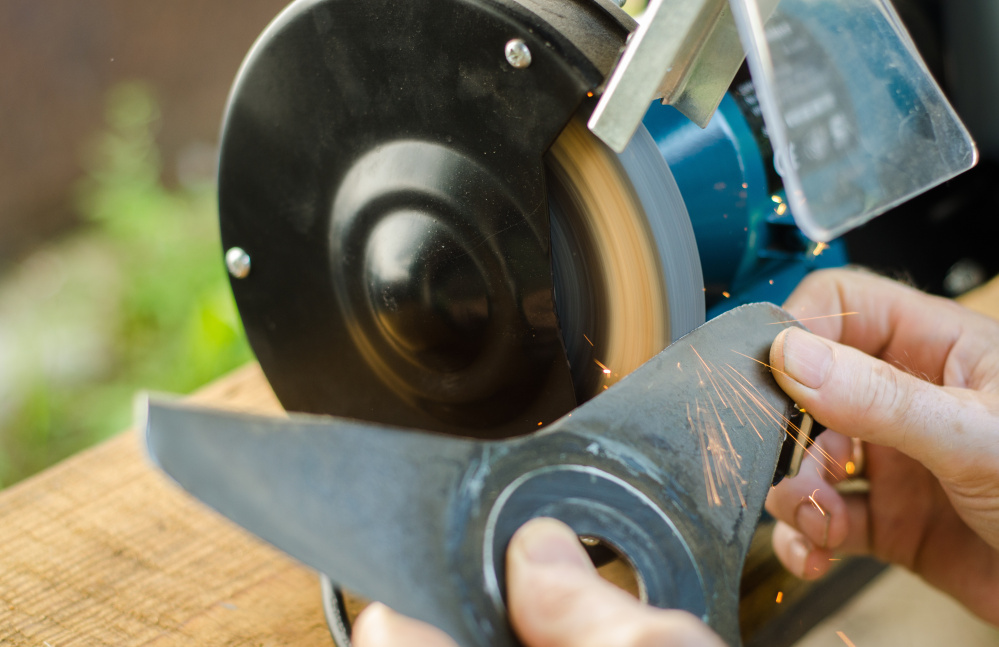Fall is my favorite season. Temperatures are cooler, the air is less humid and the scenery is stunning. You can sit back and contemplate how your garden did this year and make plans for next year.
Yes, there are chores, but the list isn’t as long as in spring, when it seems that just about everything has to be done and done immediately.
In fall you have a lot of choices.
That said, my standard rule is that if it can be done in the fall or be put off to the spring, do it in the fall. You have a lot more free time in the fall.
A prime example of that when it comes to my own garden is the raspberry patch. Each year, I have to cut out the canes that produced fruit this year, shorten any of the canes that will produce next year if they are too long and weed the bed.
Every time I am lured by football on TV and ignore the raspberry bed, I am faced with a major task in the spring – and I vow never to procrastinate again. This year, I will listen to football on the radio while working.
Counter to my previous advice, the Humane Society wants you to put off cutting back some of your ornamental plants until spring.
“Those dead stalks, leaves and seed heads provide food and protection to wildlife,” the society says in an online article. “Critters will go especially wild for large flowers like black-eyed Susans, sedums, purple coneflowers, Joe-Pye weed and sunflowers, as well as zinnias, marigolds, cosmos, phlox and dianthus. The same goes for hardy ferns, which often remain green well into winter.”
If you are changing your garden into a more natural landscape, as I wrote about in my Aug. 7 and Aug. 21 columns, it helps to leave plants standing so the seeds that aren’t eaten by wildlife can produce new plants.
My wife Nancy and I always leave up plants that stand tall like ‘Autumn Joy’ sedums, coneflowers, ornamental grasses and Joe-Pye weed. We like the look of them standing up above the snow, and it is good to know that our practice also helps the wildlife. Sunflowers we grow intentionally for the birds – although they look good, too.
We do remove perennials that flop. Daylily leaves, for one, just lie on the ground and turn brown and ugly. We pull those up and put them in the compost bins.
And yes, compost bins are required. We always have at least three, made up of pallets tied together with plastic clothesline. One holds finished compost that we dig from, one we add to and one is in mid-process. This year, we actually have seven, including a plastic one we bought from the town as an experiment.
We are adding to four, letting two decompose and taking from one. We do not turn our compost – we just keep topping up the working bin for about two years and then, in spring, we begin digging out the compost.
The vegetable garden must be cleaned up – no choices there. We compost any vegetable foliage that isn’t diseased. If your tomatoes, squash or cucumbers had wilt or other fungal diseases, bag them up and take them with your regular trash. But one of the few good things about this summer’s drought is that our vegetable crop has been mostly fungus-free.
You don’t want to leave the vegetable-garden soil naked all winter, so cover it with the leaves you rake from the lawn and then chop up with a lawn mower.
Seeing how finely iris hybridizer (and jeweler) Dean Cole chops up leaves for his iris beds inspired me to do a better job of chopping our leaves. (I’ll devote a column to raking leaves a few weeks from now.)
Fall is also about planting. Garlic and spring-flowering bulbs must be planted in the fall. And spring- and summer-blooming perennials can be planted now, too – from seeds purchased from groups like The Wild Seed Project or from potted plants bought at garden centers, where they are all on sale.
If you get around to the job by mid-October, you can dig, divide and transplant such sturdy plants as daylilies or Siberian irises. As a general rule, dig and divide summer-blooming plants now, and spring-blooming plants after they bloom.
If you have a cold frame, plant some lettuce. Nancy and I had a supply of homegrown lettuce up until Christmas last year and beginning in late March this year once we started using a cold frame. It was fun as well as productive.
You also want to do some mulching, especially on perennial crops. We put pine needles on the asparagus and strawberries, but straw and leaves also work.
Other garden chores have little to do with the actual garden. Clean each tool after you use it for the last time. I sharpen tools that need it in the dead of winter, when nothing else is going on, but some people sharpen them at the same time they clean them. Whatever works for you as long as you sharpen tools before the next gardening season.
The rain barrel also should be emptied and stored. We put ours in the garage, but we have more space than some people. If you leave it outside, turn it upside down and tie it down so the fall and winter winds don’t blow it away.
Limit fall pruning to trees and shrubs that don’t flower in the spring. If you prune the latter in the fall, you may be removing buds that produce spring blossoms.
Wait until November to prune evergreens, including holly, because you want to use the prunings in indoor arrangements.
Most important, though, take time in the fall to enjoy your garden. You have worked hard all summer. Pause, enjoy the foliage, put up vegetables in the root cellar and congratulate yourself on a job well done.
Tom Atwell is a freelance writer gardening in Cape Elizabeth. He can be contacted at 767-2297 or at: tomatwell@me.com
Send questions/comments to the editors.



